You must be wondering how and why topsoil has an odor, whether good or bad. Surprisingly, you’ll find out that it is true soils do have odors. In this article, I will explain to you the reasons why topsoil smells, the causes and effects of that. Most importantly, what you can do to decrease or completely eliminate bad smells in soil.
Topsoil is the uppermost or outer layer of soil where most biological activities take place. It is usually close to ten inches and has a very high concentration of microorganisms and nutrients.
So why does topsoil smell?
A bad odor in topsoil can be caused by many factors including excessive water retention, anaerobic (oxygen-deprived) conditions, bacteria, microbes, and soil contamination.

Soil should have a fresh and clean scent. Any soil that gives off an awful odor needs some keen scrutiny as to why the smell occurs. One of the causes could be excessive water retention by the soil in areas with poor lighting from the sun.
Table of Contents
What Should Topsoil Smell Like?
Topsoil should have a pleasant smell, an earthy smell that is not dirty and sour. For instance, most of us, if not all, do love the smell of soil when rain hits the ground. Yes! That’s how good a topsoil should smell.
What Causes Soil to Smell Bad?
Bacteria thrive well in wet soils thus any wet soil that retains water for too long will start producing an awful odor. Any healthy soil contains air spaces. When these spaces get filled up with water, the surrounding environment changes from aerobic to anaerobic.
Aerobic conditions are conditions with the presence of oxygen whereas anaerobic conditions lack oxygen. Anaerobic conditions will cause a buildup of different types of bacteria that will start producing bad odors, making soil unsuitable for plant growth.
6 Common Smells Associated With Topsoil and What They Mean.
Manure
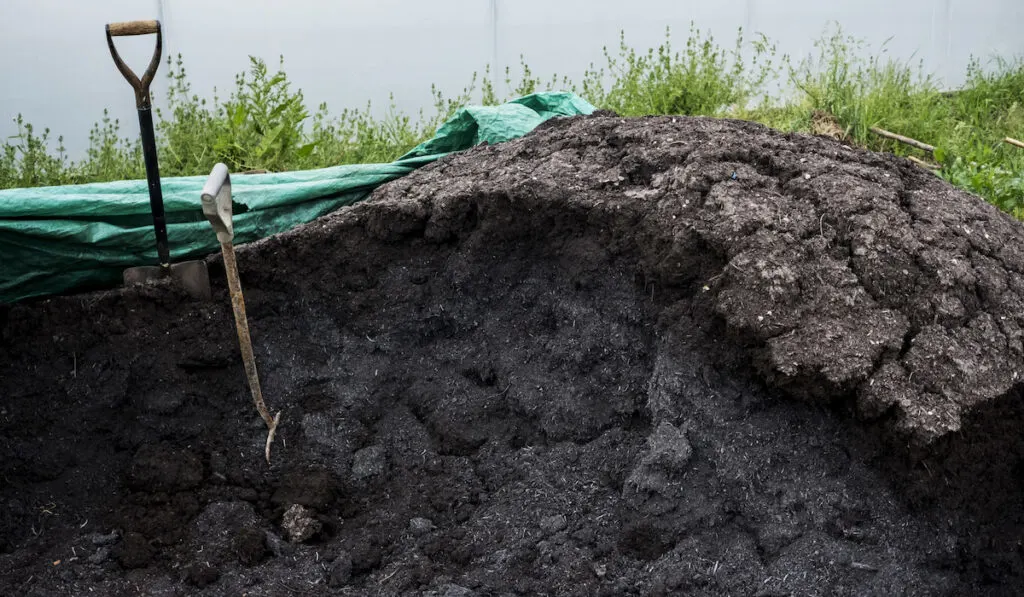
Topsoil that is of very good quality should not have any strong scents. Manure in topsoil is mostly found in bagged topsoils when purchased. Good quality manure should have little or no smells and should always be dry when opened.
To ensure that the topsoil remains in good condition, you can add leaf compost that is well rotten or animal manure (specifically cows or horses) that is dehydrated. Fresh manure from other farm animals may be harmful and can burn plant roots.
I would recommend that if you have any manure that is not labeled as either dehydrated or composted, avoid it. The main purpose of using composted manure is that it reduces contaminants in the soil.
Sewage

Good soil should easily crumble, have a good drainage and should be aerobic. If the soil is compact, it will prevent swift movement of water throughout the plant.
Sewer smells are as a result of contamination or leakages. This will definitely kill the plant. In such cases, use hydrated lime to keep the soil dry and clear the awful smells.
You can also protect the floor by covering it with a vapour barrier. Thorough disinfection of farm tools and protective wear should also be done.
Rotten eggs
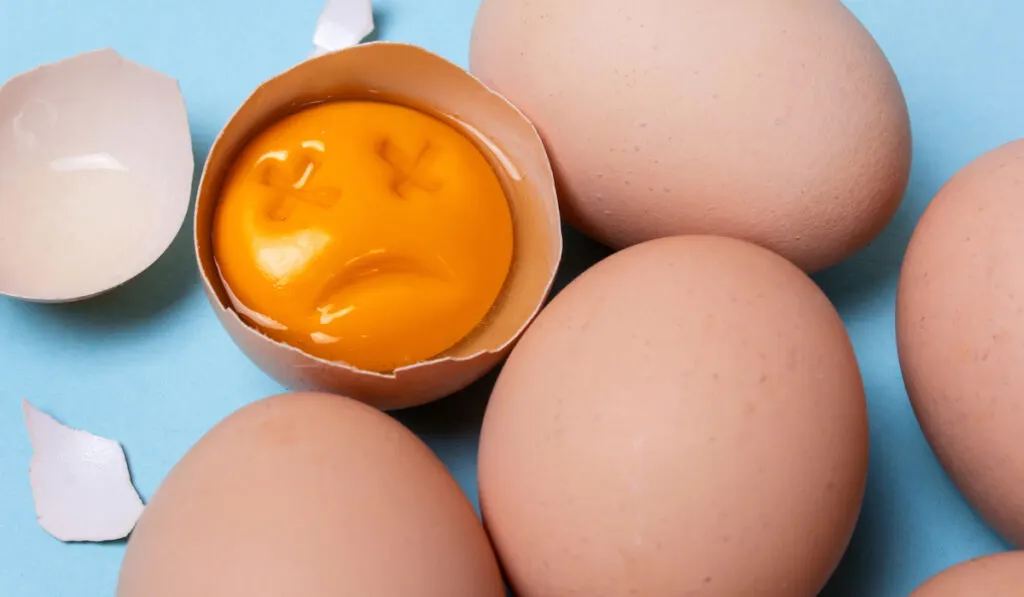
This is undoubtedly a result of excessive water retention by the soil. This is produced by bacteria that breed well in moist conditions. Excessive watering will eventually cause root rot which is detrimental to plants.
How do you know if you are over watering the plant? If you uproot the plant and see a dark liquid dripping, that’s a sign of excessive watering. Similarly, if you uproot and find excess water at the bottom of the plant, that’s a sign of too much watering.
To treat this, replace the potting mix or soil if possible. If it isn’t possible to completely replace the soil try using mixing in peat moss, perlite or vermiculite.
Ensure that the mix is of good quality and drainage. Wash the containers thoroughly before repotting and ensure they have drainage holes at the bottom.
If you don’t address soil drainage, the smells will continue to appear. Solving the root issue ensures a permanent solution.
Sour
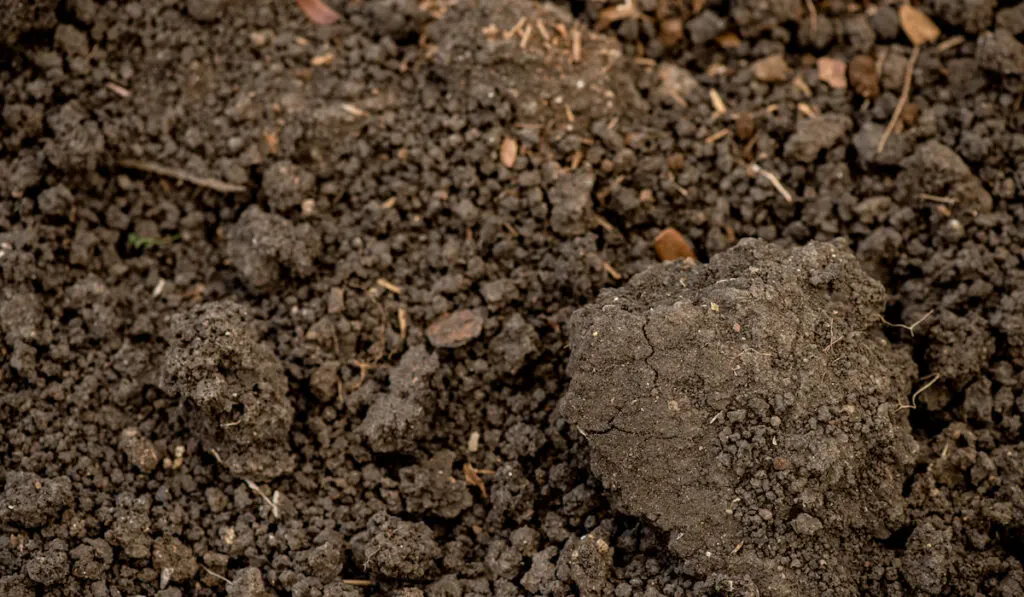
An awful, sour-smelling soil is usually the result of constant water retention in areas with poor drainage. Aerobic microbes are replaced by the anaerobic ones that cause bad smells.
To treat this, improve the drainage in the area, with addition of pumice and organic matter. You can also opt for raised beds which provide good drainage unlike ground gardens.
Lime is use to raise the pH of soils to make them more basic. This makes the nutrients availability to be consistent.
Gas

Gas leakage can easily be spotted whether above the ground or underground. If there is a point in your garden that consistently refuses to grow grass despite the use of different techniques and measures, that is a clear indicator that gas is present.
This is very detrimental because it is a health hazard to both plants and humans. This gas always replaces oxygen thus leading to stunted plant growth or death of the plant. Other signs of gas leakage include having plants with extremely small and unhealthy leaves.
If you think there is a gas leak on your property at any time you should immediately call an expert to assess the situation. Failure to do so could be deadly.
Petroleum or oil

If there is oil leakage or contamination in soil, the quickest way to confirm that is to smell it. If you find out that it has an oily smell, then most likely the soil is contaminated.
This often happens when a particular area of the yard is often used for changing the oil on a car, for example. This could be something you did or, something done by a previous occupant of the home.
The easiest way to confirm if the soil is contaminated with petroleum or oil is to take a soil sample and have it analyzed by a lab.
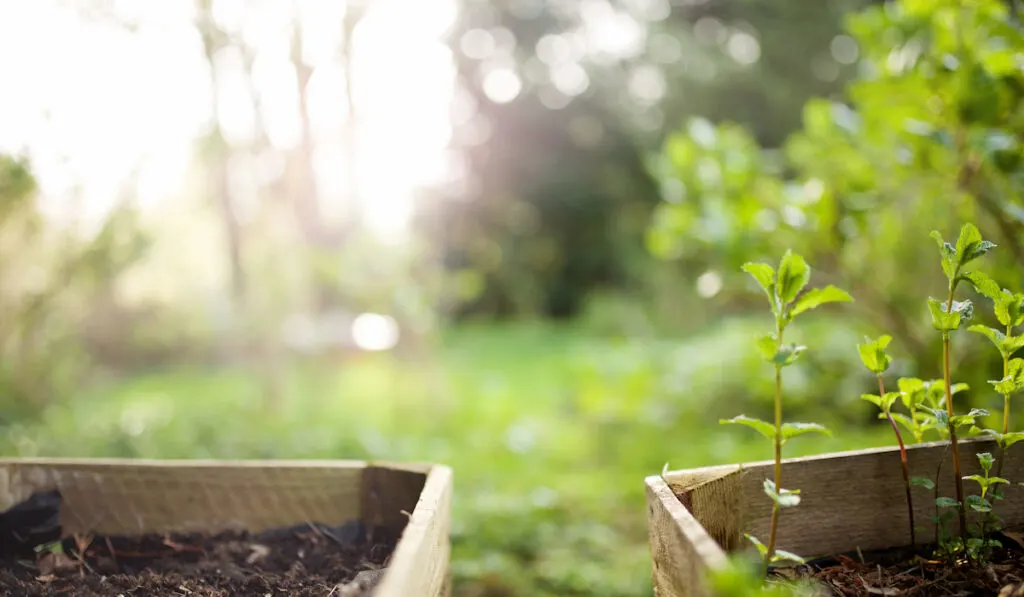
How Do You Treat Smelly Topsoil?
Sunlight
Most plants require either direct or partial sunlight during the day. Any soil that is kept in cool constantly without exposure to sunlight will never dry out easily. This will cause mold and mildew on the plants.
Drainage holes
All containers need to have drainage holes at the bottom. Plastic trays are the most preferred because there will be no cases of drain stains.
Pots that are sealed at the bottom will lead to waterlogging hence causes root rot. When the soil remains damp for a long period of time, the roots start rotting. This will release an awful smell.
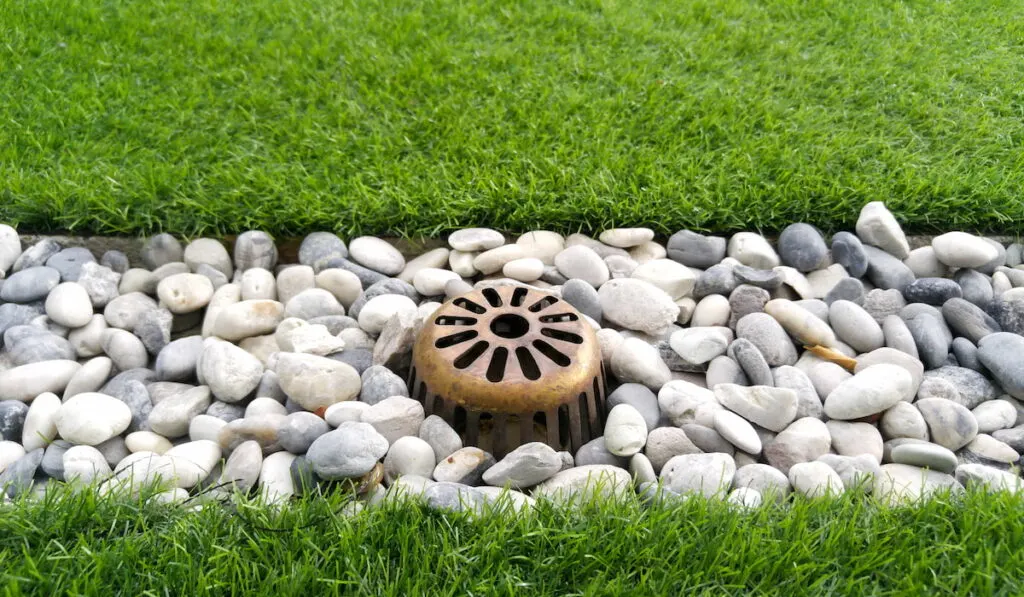
In garden beds, you may need to dig out the bed and add drains or even remove the topsoil entirely and rebuild the garden beds in layers to improve drainage.
If this isn’t feasible, consider a raised garden bed in the area where you can more easily control the drain-ability and composition of the soil.
Good Soil
Potting mix used should be of very good quality. It should also have good drainage capacity and good aeration for air circulation. If you happen to use outdoor soil for indoor purposes, there may be chances of getting fungal diseases which changes the soil colour to either green or white.
Moderate Watering
As a gardener, you may think that the more the water supply, the better the crop strength and vigour. That is not the case. Too much watering will make the soil soggy.
Indoor plants do not lose water faster as compared to outdoor plants so moderate watering is ideal. Always water the plants when the topmost layer of the soil starts drying up.
Conclusion
Basically, any media used for plant growth should be healthy, rich in nutrients, and have good drainage. Once you notice unpleasant odors from the soils, be quick to take action. You can choose to treat them chemically (making sure you don’t spill chemicals to plants) or using dry manure.
It’s good to also ensure that the soil is dry and not wet/ moist to avoid cases of diseases such as root rot caused by too much watering.
